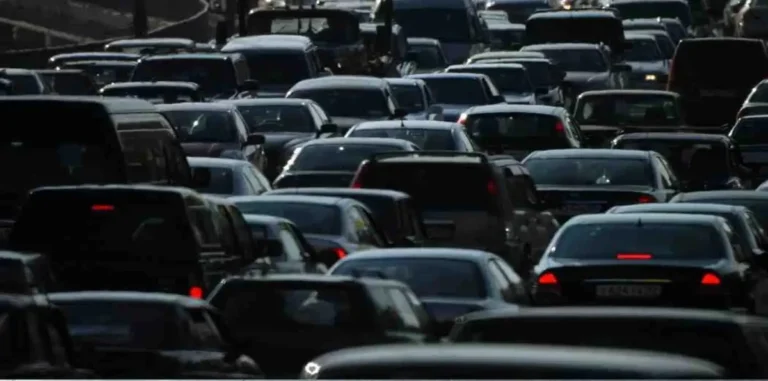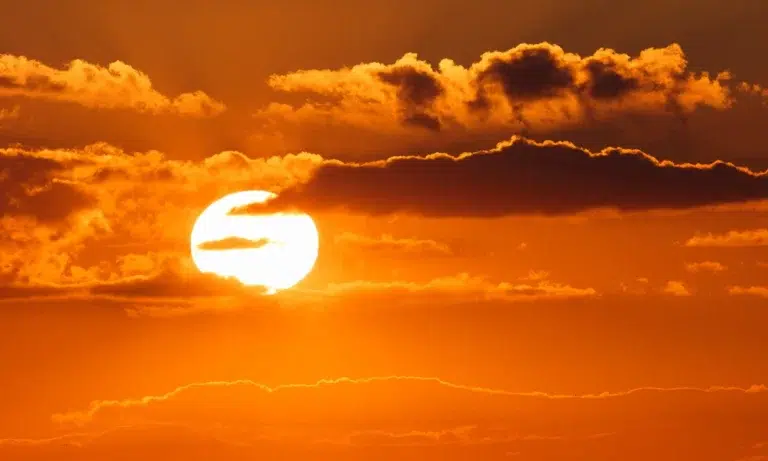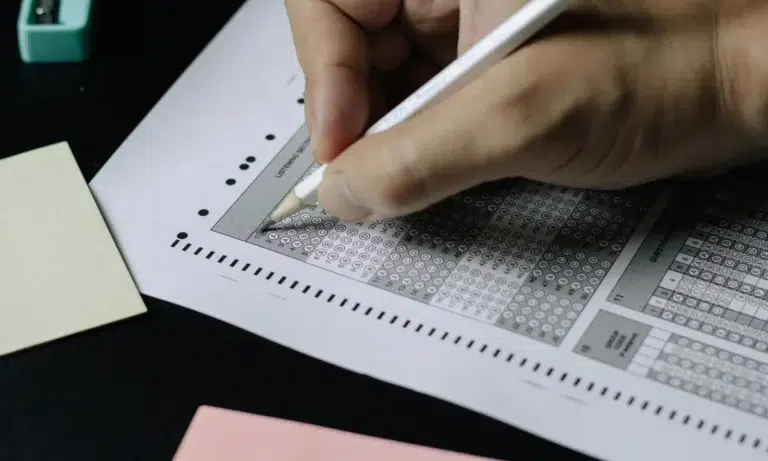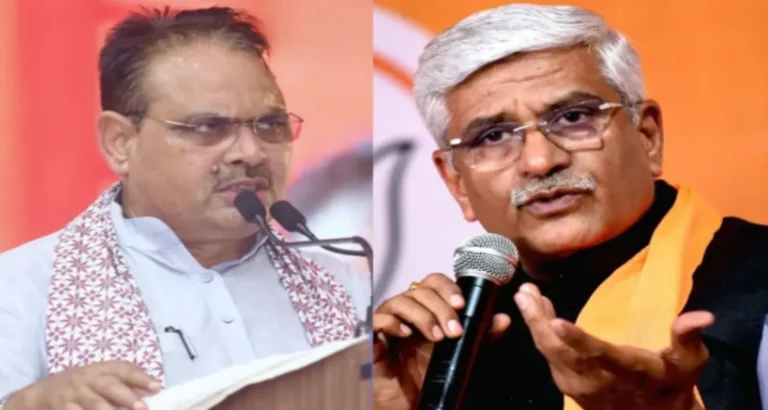Known vibrantly for its illustrious culture, this city is often referred to as “The City of Joy,” but unfortunately holds another title. According to the newly unveiled research from the TomTom Traffic Index 2024, Kolkata ranks as one of the 10 slowest cities regarding traffic worldwide; indeed, it poses serious challenges in terms of bringing out mobility in one of India’s largest metropolises.
According to the report, which analyses traffic conditions of 387 cities in 55 countries, commuters in Kolkata now take an average of 34 minutes and 33 seconds during busy hours to complete a mere 10-km stretch. Kolkata is now second among the global list of slow city traffic, only behind Barranquilla, Colombia, and the race for the never-ending title of India’s most congested city by the score is finally taking a backseat as Bengaluru now takes the third spot worldwide on this index.
The impacts of such traffic congestions are manifold. Upon the citizenry, it implies a loss of productivity, with flag-users losing somewhat near 130 hours every year during rush hours, according to recent posts on X. A wealth of opportunities could have arisen for working, leisure, or bonding with family members, only to underline the socio-economic implications of traffic jams. Environmental costs, being another aspect, appear to be higher, with idling vehicles contributing even further to carbon emissions and thus worsening the air quality situation in the metro.
The main reasons behind the traffic congestions in Kolkata are innumerable. The infrastructure of the city could not cope with the growing population and increasing number of vehicles. Unlike cities that have gone ahead to expand road networks or improve public transport, Kolkata’s public transport has seen a decline in efficiency and an increase in the use of personal vehicles. The result of this is a dearth of new roads and efficient bypasses such that the street life is over-whelmed and mostly by-passable during rush hours.
Apart from this, narrow streets in the city, which boast old colonial buildings, offer a unique challenge. Widening roads usually involves costly and complex urban renewal projects and may tremendously interfere with daily living and business operations. Other geographical constrains, like the Hooghly River, add to the woes of traffic management, especially when there is a rush on major bridges like Rabindra Setu and Vidyasagar Setu.
Kolkata, Bengaluru Lead Congestion Mumbai, Delhi Also Among Slowest Cities
The report describes the general trend in India, with the three cities of Kolkata, Bengaluru, and Pune being featured among the top five in the world for slowest traffic speeds, indicating a national emergency in urban mobility that demands an urgent focus from local and national governance agencies. Other cities, including Mumbai, Delhi, and Jaipur, also experience pressure from severe congestion but rank lower by international standards due to slightly better average travel time or more developed public transport systems.
To address the growing malaise of commercial transportation, several initiatives have been proposed or are currently being considered. The introduction of smart traffic systems comprising real-time traffic monitoring and adaptive traffic signal control could help ease slow traffic in some areas. Equally being looked at is the need for the improvement of public transport, with the extension of the Kolkata Metro Rail being significant. The expansion of the metro system, especially along the East-West corridor, is envisaged as an alternative to road travel and, therefore, a possible means of relieving some of the congestion befuddling surface streets.
The report describes the general trend in India, with the three cities of Kolkata, Bengaluru, and Pune being featured among the top five in the world for slowest traffic speeds, indicating a national emergency in urban mobility that demands an urgent focus from local and national governance agencies. Other cities, including Mumbai, Delhi, and Jaipur, also experience pressure from severe congestion but rank lower by international standards due to slightly better average travel time or more developed public transport systems.
To address the growing malaise of commercial transportation, several initiatives have been proposed or are currently being considered. The introduction of smart traffic systems comprising real-time traffic monitoring and adaptive traffic signal control could help ease slow traffic in some areas. Equally being looked at is the need for the improvement of public transport, with the extension of the Kolkata Metro Rail being significant. The expansion of the metro system, especially along the East-West corridor, is envisaged as an alternative to road travel and, therefore, a possible means of relieving some of the congestion befuddling surface streets.




